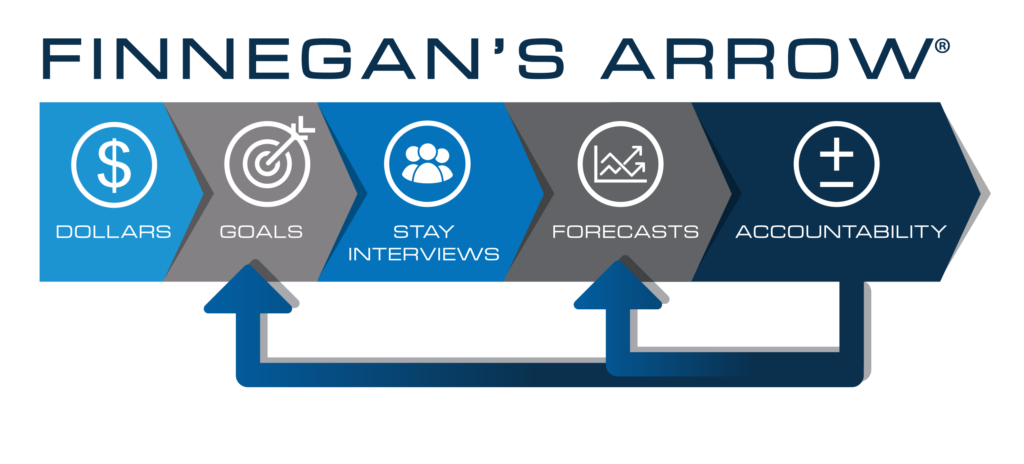Most hiring tools answer whether candidates can and will do the job, but not if they’ll stay. Learn how realistic job previews and motivational-fit interviews can improve retention from day one.
Employee Turnover in 2025: Why Culture Matters More Than Compensation

The Harvard Business Review has long been recognized as a premier source of in-depth research for organizations striving to optimize performance. I recently re-read a report from 2023, What Makes Health Care Workers Stay in Their Jobs?[i]that resonates even more today as it delivers a critical takeaway that transcends industries:
“Pride in their work and loyalty to colleagues are the strongest correlates of readiness to stay with an organization. Competitive pay supports recruiting, but organizational culture, is what makes them stay. Improving organizational culture is a leadership challenge that is more complex than finding the money to increase compensation or correcting the problems that cause unhappiness. After all, in life in general, happiness is something beyond the absence of unhappiness.” (excerpted)
Employee Retention Lessons from Outside Healthcare
While the original article focused on healthcare, the insights resonate across industries. Consider these results from a manufacturing client with high turnover rates across nine U.S. facilities. Historically, 50% of new hires left within the first 60 days, leading to production delays and inflated recruitment costs. The goal? Achieve 80% retention at the 60-day mark.
The key to success was empowering front-line team leads to conduct Stay Interviews and actively participate in retention initiatives. Initially skeptical, the leads embraced their new responsibilities. By scheduling Stay Interviews on day five and again during the sixth week, these leaders created personalized action plans to address potential issues early.
Within six months, the plant not only met but exceeded the retention target. The transformation didn’t stem from higher pay or better benefits but from equipping team leads with the tools to foster stronger relationships with their teams.
——
Further reading: HBR Article on Customers also Applies to Employees
——
First-Line Supervisors: The Untapped Retention Engine
Gallup research underscores this point, showing that 70% of employee engagement is directly influenced by front-line supervisors. Yet many organizations continue to invest heavily in surface-level perks while neglecting this pivotal role. Leadership needs to shift focus and invest in the day-to-day managers who make or break the employee experience.
So, what doesn’t work?
- Higher pay alone? Nope.
- Flashy benefits packages? Nope.
- Employee appreciation events? Nope.
What does work? Equipping supervisors with skills, data, and accountability.
—–
Further Reading: What’s a Direct Route to Distinguishing Your Culture?
—–
The 5-Step Turnover Reduction Framework for 2025

The latest research and field-tested strategies point to our proven framework we call Finnegan’s Arrow for reducing turnover by 30% or more:
- Dollars: Translate turnover rates into financial metrics. Use tools like the Turnover Cost Calculator to get your CFO on board with concrete financial implications.
- Goals: Analyze past turnover data to set specific, measurable retention goals for the entire workforce and new hires.
- Stay Interviews: Train supervisors to conduct structured interviews, using five targeted questions to uncover retention risks and craft individualized retention plans.
- Forecast: Have supervisors predict the tenure of each team member, fostering proactive engagement rather than reactive responses.
- Accountability: Track retention metrics with the same rigor applied to sales targets. Recognize high-performing supervisors and coach those who fall short.
The Bottom Line for HR Leaders
In the early ’90s, political strategist James Carville coined the phrase, “It’s the economy, stupid.” For HR executives in 2025, the mantra should be: “It’s the supervisors.”
Front-line leaders shape the culture and retention outcomes more than any other factor. Equip them with the right tools, and watch your turnover rates plummet while engagement and productivity soar.
You Can Cut Turnover No Matter Your Industry
There is an established solution for employee turnover…start here to learn about our comprehensive turnover solution, and watch the 2-minute video to open your eyes to fresh thinking for cutting turnover 30% and more. Then schedule a conversation with me at DFinnegan@C-SuiteAnalytics.com.
[i] Harvard Business Review, What Makes Health Care Workers Stay in Their Jobs?, March 2nd, 2023 by Patrick T. Ryan and Thomas H. Lee.



